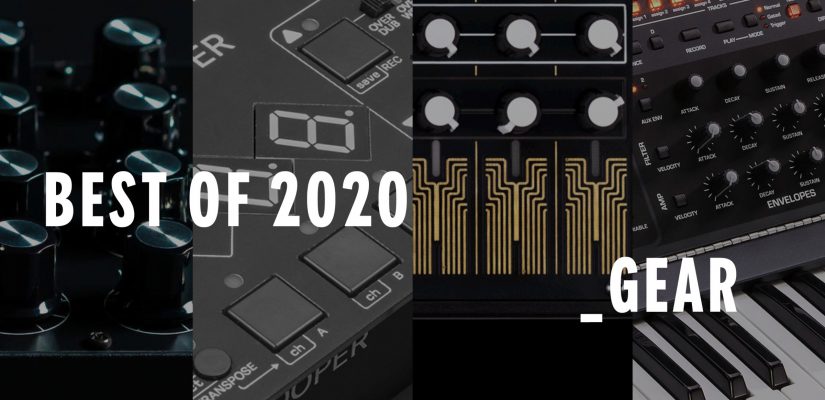
Making music is one of life’s great explorations, and 2020 was a good reminder that there’s a limit for how much gear one needs, or even has the capacity to use. During a period of strained product supply chains and limited personal finances, the best music production tools of 2020 were often those we had on-hand. Digging out old, neglected phones and dusty controllers, learning to better program software environments, and being able to refine ideas and workflows with existing tools was a blessing in this most indoor of years. Firmware updates brought new functionality to existing machines from Elektron, Moog, Akai, Arturia, Novation, and Native Instruments, providing reasons to dig back in and gather new inspiration.
Yet despite the external forces at work, a number of remarkable new instruments managed to make their way through production and out into the wild. So many, in fact, that it would be impossible to include all of the great tools that debuted over the past 12 months, from the wide world of modular to standalone hardware and software plugins. But we’ve picked a handful of our favorites, which have opened up new possibilities and workflows for music making in 2020 and beyond.
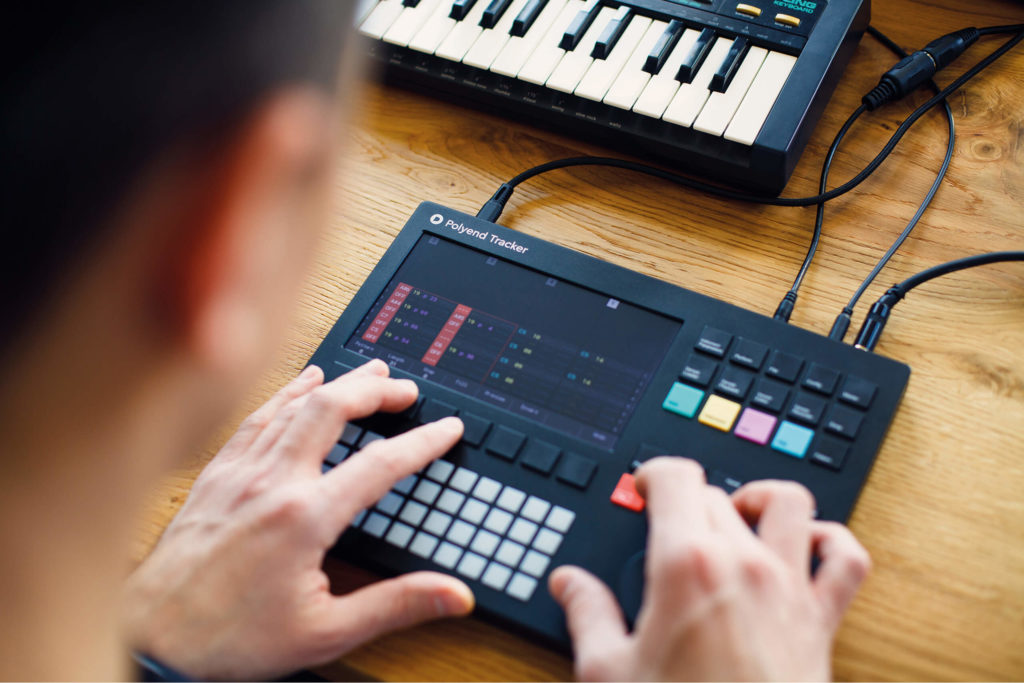
Polyend Tracker Sampler, Synth, and Sequencer ($600)
With their torrents of vertically-scrolling alphanumeric characters, music trackers remain an esoteric pursuit, but are a sight to behold—like something out of “The Matrix,” circa 1987. The compositional concept behind the workflow was conceived by Karsten Obarski in the late-’80s, and it debuted in the form of Ultimate Soundtracker for the Commodore Amiga; various iterations of this core idea have since come and gone over 30 years. Most recently, Polyend has taken these principles—long since relegated to computer screens—and applied them to a beautiful piece of hardware, with dedicated controls and a focused, efficient workflow.
Once samples have been recorded or loaded to the instrument’s memory from an SD card slot, they can be used for simple one-shot/looped sampling, chopped with a sample slicing mode, or processed via wavetable or granular algorithms. It’s still visualized as a manic, somewhat intimidating stream of vertically-scrolling data, and there’s a fair amount of menu-diving required, but Polyend’s Tracker feels like a deeply unified whole, and enables a programming style conducive to breaking old habits and exploring alternative approaches of composition.
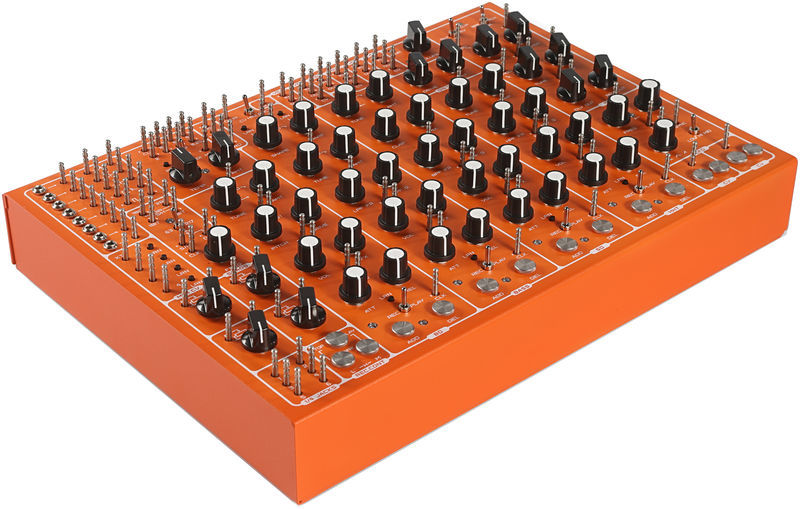
SOMA Pulsar-23 Drum Machine ($2,100)
It’s tough to argue with this one. SOMA‘s “organismic” Pulsar-23 drum machine is an unruly beast of a percussion synth: its four primary drum voices can be wildly warped and distorted using a slew of peculiar circuits and esoteric cross-modulation capabilities, and its built-in effects really sweeten the deal. With alligator clip cables to easily stack signals, Pulsar’s design also enables the user’s body conductivity to manipulate sound in tactile, gestural ways rarely seen in modern instrument design. To top it off, the machine easily integrates with MIDI and Eurorack devices via a host of handy I/O. It’s the latest in SOMA designer Vlad Kreimer’s line of distinctive instruments, and arguably the finest example to date of his ideas around what he likes to call “romantic engineering.”
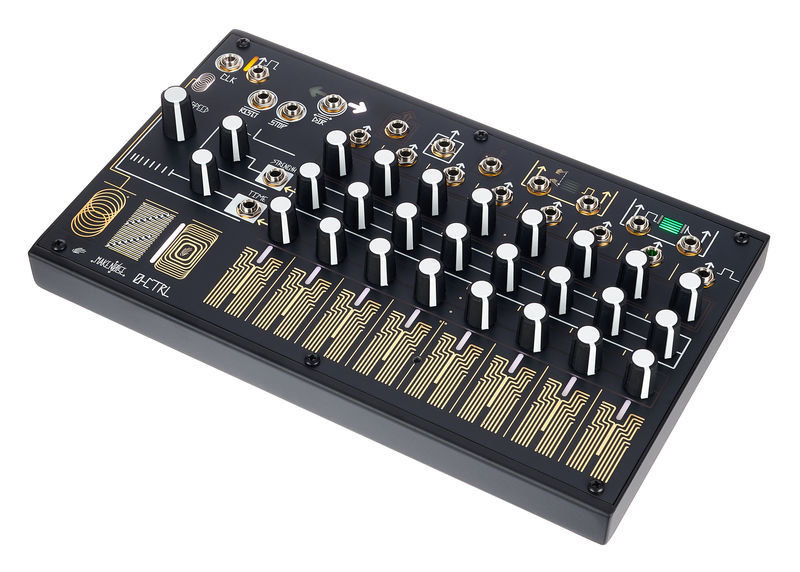
Make Noise 0-CTRL CV Controller and Performance Sequencer ($400)
Thanks in part to the flexibility of the modular format, the last several years have seen a surge in new hardware sequencers. Eurorack stalwart Make Noise‘s latest crack at things comes in the form of the 0-CTRL. It’s a purely analog sequencer, meaning there’s no MIDI, no pitch quantizer, and no “save” function. But its analog nature also means it can be used in a range of compelling new ways, the most interesting of which have to do with how its onboard sequencer interacts with both patching and direct, hands-on manipulation. Essentially, eight touch plates correspond to the rows of pitch, time, and velocity knobs above them; each of these tracks also outputs its own gate signals, which makes it possible to disrupt, alter, and distort sequences in real time and in wild new ways. With inspiration coming from Serge and Buchla designs of generations past, the 0-CTRL is an experimental sequencing sandbox, opening up creative new pathways for thinking about tone, time, and space.
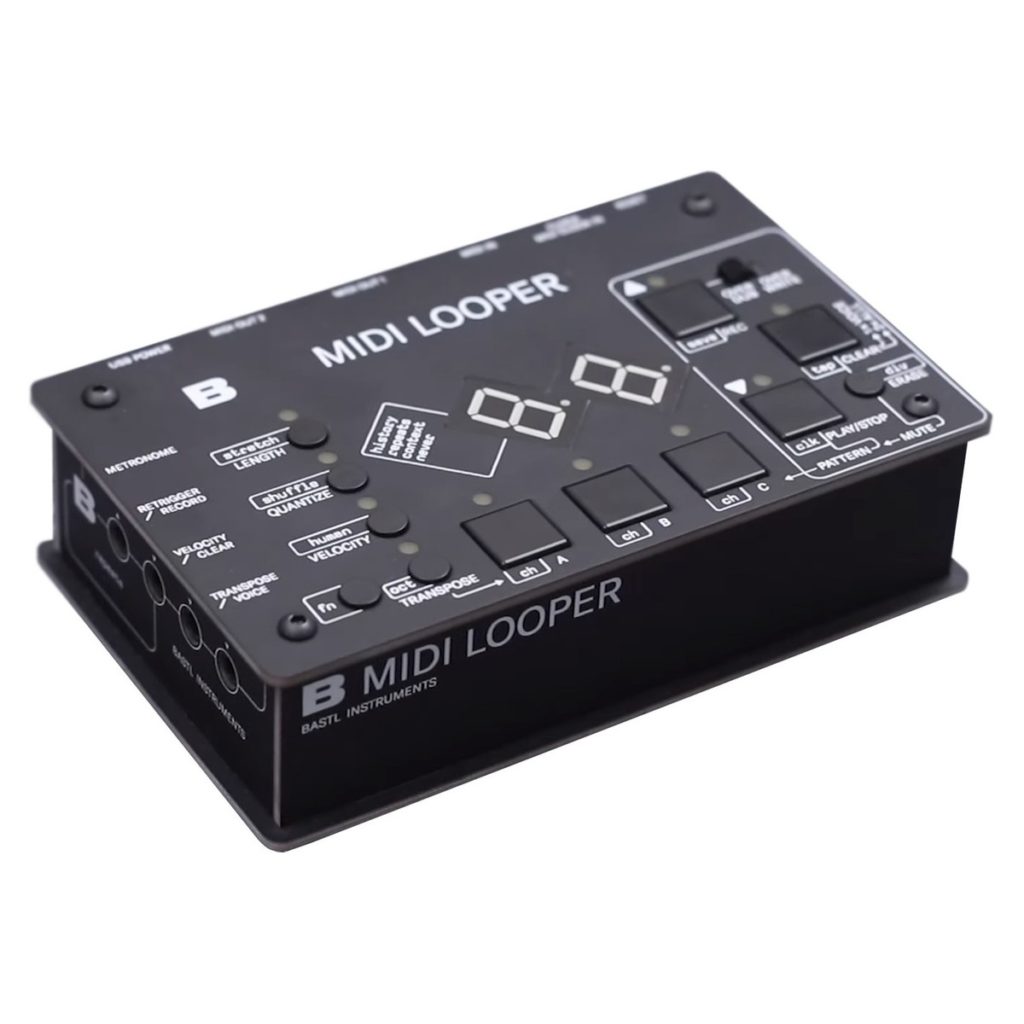
Bastl Midilooper Looping Station ($300)
Bastl Instruments’ Midilooper is neither a looper nor a sequencer in the traditional sense. Rather it takes elements from both to provide a fresh new way to compose in real time with electronic instruments, untethered from the computer. It takes MIDI data from a controller or sequencer, and outputs MIDI loops to two pieces of gear. Hit a button to start recording, and it’s off to the races; hit another, and you’re bending the racetrack back into itself. Analog inputs allow for the transposition of these loops via CV (this can also be accomplished by hitting the transpose button and playing a key on your keyboard), as well as for clocking and resetting said loops. It’s yet another thoughtful, unique design from Bastl, and one that expands the functionality of a MIDI format that’s now nearly 40 years old.
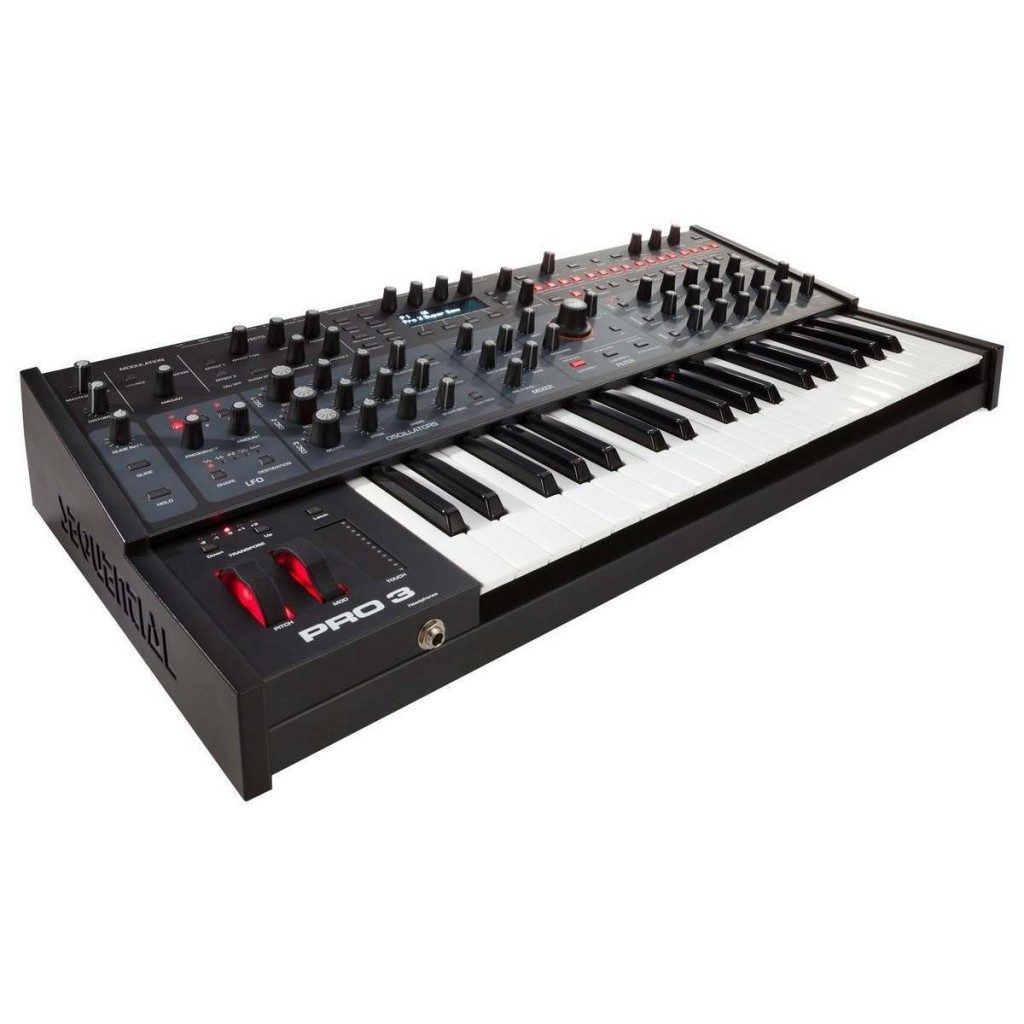
Sequential Pro-3 Mono/Paraphonic Synthesizer ($,1600)
Sequential‘s Pro-3 Mono/Paraphonic Synthesizer is easily one of the most impressive synthesizers in recent (and not-so-recent) memory, and it’s name kind of says it all: three oscillators, three unique filters, three envelopes, and three versatile LFOs. Like Korg’s Minilogue XD, one of the Pro-3’s oscillators is digital, with user-customizable wavetables, allowing for tones and timbres outside the realm of traditional analog synthesizers. It’s technically a mono-synth, but it can function in paraphonic mode for three-note chords. A deep modulation matrix allows a wide range of signals to go in and out of its four CV ins and outs, allowing for direct interplay with modular gear, and its 16-track, 64-step sequencer has all the modern niceties like parameter locking, automation recording, and ratcheting. It’s a beast of a machine, and proof that Sequential founder Dave Smith is as relevant to the world of synthesis as he’s ever been!
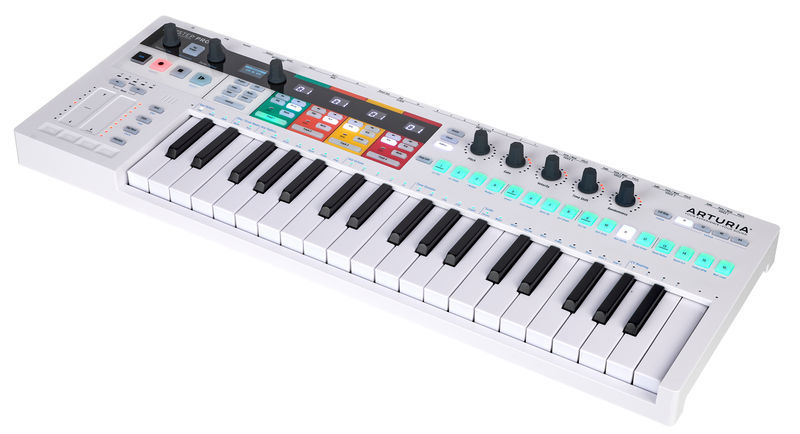
Arturia Keystep Pro MIDI Controller ($400)
Arturia‘s line of USB, MIDI, and CV controllers gained one of its most compelling additions yet this year, and it came in the form of the Keystep Pro. While bringing the versatility of its adjacent offerings like the Keystep and Beatstep Pro—plenty of CV and MIDI I/O, in particular—the Pro employs four polyphonic sequencer tracks, one of which also has a dedicated drum mode, and three of which have arpeggiators. This is not to say that Arturia is blowing any doors open in terms of innovation with the Keystep Pro, but with it they’ve created a powerful tool for playing and sequencing multiple instruments at once—and one that seems certain to find its way into studios and onto stages for years to come.
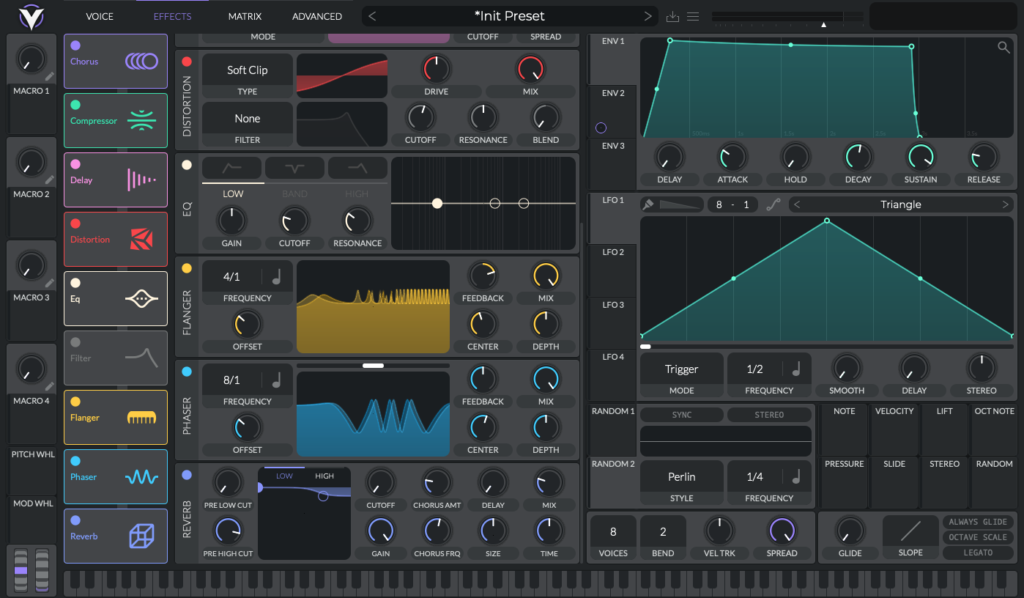
Helm Vital Spectral Warping Wavetable Synth (Basic: Free; Plus: $25; Pro: $80; Sub: $5/month)
In terms of innovation, Matt Tytel’s Vital synth is blazing new ground in the arena of wavetable synthesis, with spectral warping features that enable powerful, advanced manipulation of waveform harmonics. Some amazing new timbres can be pulled out of these algorithms, with a sound that’s precise yet exciting and organic. Vital allows you to turn your own samples into wavetables, use its built-in wavetable editor to craft new ones from scratch, and even experimentally generate them from text. With advanced stereo modulation via a simple drag-and-drop interface, full MPE support, and great animations (all running at 60fps!), Vital is a powerful piece of software. Its flexible pricing structure is worth noting, too: while the Plus and Pro versions offer more presets and wavetables, as well as other perks, the Basic version is free and remarkably full-featured—making checking this one out a no-brainer!
Other Notable Mentions
Mutable Instruments Blades
Extremely flexible dual filter from one of Eurorack’s most talented designers.
Waldorf Iridium
Combines physical modelling, wavetable, FM, granular, and subtractive synthesis action into a single machine.
Eowave Quarantid Swarm
Digital touch key synthesizer and sequencer with a two-pole analog filter, flexible LFO, and a built-in spring reverb.
Clank Chaos
A powerful Turing machine, it employs six channels of individually controllable CV and gate probability with advanced looping options.
Acid Rain Maestro
An attempt to bring DAW “automation lanes” into Eurorack, Maestro’s slate of clock-synced LFOs can be sequenced and performed in unique ways.
Korg Wavestate
A modernization of Korg’s classic Wavestation, Wavestate makes the most of its unique approach to vector synthesis.
Dreadbox Typhon
Compact analog signal path combined with digital effects in a highly-portable, highly-playable package.
Akai MPC One
Akai’s most affordable full-featured production hub to date, the One integrates well with MIDI, USB, and CV synths and controllers.
Native Instruments Maschine+
After breaking ground by tethering the classic MPC workflow to a computer, NI’s Maschine has finally come full-circle as a full-featured standalone device.
Roland TR-6S
Emulation of various classic Roland drum machines (along with an FM synthesis mode) in a powerful device the size of a paperback book.
Expert Sleepers Super Disting EX Plus Alpha
The Swiss army knife of Eurorack modules gets even better. Additions include an eight voice polyphonic sample player, powerful stereo tape delay, and a dedicated WAV recorder mode.
Elektron Model:Cycles
An immediate, highly-playable groovebox that combines a simplified FM synthesis interface with Elektron’s classic sequencing workflow.
4MS Ensemble Oscillator
A throng of 16 oscillators are the foundation for this sound-shaping playground, with user-customizable scales and the ability to craft complex chord structures and textures.
1010 Music Bitbox Micro
Bitbox’ touch-screen magic lets you do all sorts of sample recording, chopping, and sequencing—along with deep CV manipulation—right inside your Eurorack setup!
Bastl Ikarie Eurorack Module
Bastl and Casper’s fantastic stereo filter packs an envelope follower, continuous high-low-pass filtering, and much more into just 8 hp.





